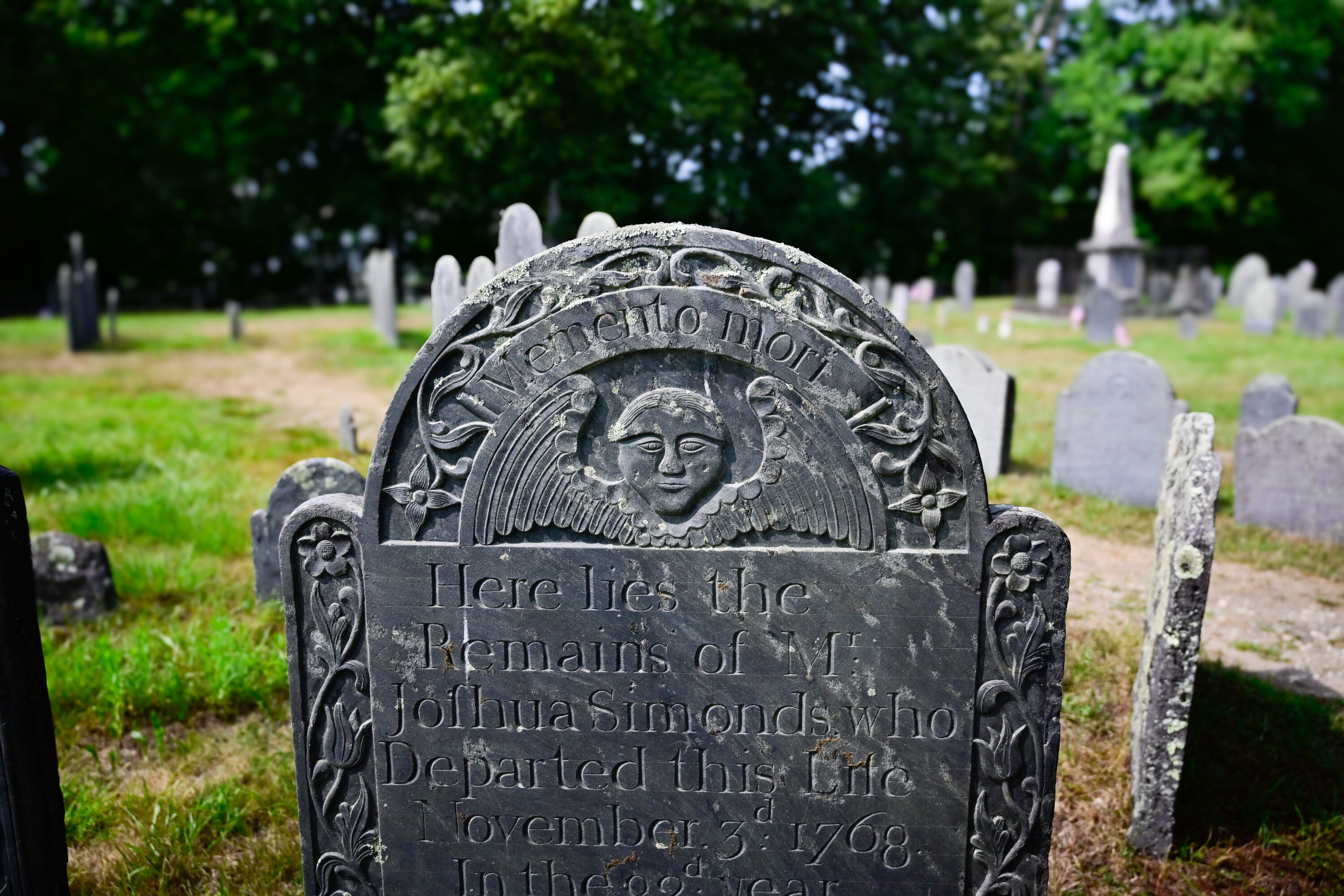
This past Saturday (July 26, 2025), I took a trip with a friend to Lexington and Concord, Massachusetts, to see the sites of the Battles of Lexington and Concord that took place in late April 1775.
My friend lives in eastern Connecticut. I live near Bridgeport, so the drive for me to his place was usually an hour. Tack on the two hours or so it would take to get to the battlefield sites and I was facing over six hours in the car. Ugh!
The older I get, the less I enjoy car trips. Go ahead and laugh, but my preferred mode of travel is train. It’s so much more relaxing than dealing with traffic, and I can get up and walk around the train.
Normally the drive to my friend’s house is about an hour or an hour and fifteen minutes. This time it took fully an hour and a half due to construction at the junction between I-91 and the Wilbur Cross Parkway. For a couple of miles it was stop-and-go, with traffic being more stop than go. It was very frustrating, and I was a half hour late getting to his house.
Thankfully, my friend did the driving to Massachusetts. As we were going up I-395 and approaching traffic in a construction zone, he pulled out his cell phone and started trying to call up a map to Lexington. Freaked out, I then got my cell phone and mapped the route instead. It’s never a good idea to be fiddling with a cell phone while driving. In addition to being quite dangerous, it is also illegal in Connecticut.
Apparently my friend does not have a GPS system in his car, nor does he have Android Auto, which would allow him to connect his phone to the car’s display and have the map displayed there.
My three main objectives for this trip were:
- See the battlefield sites and get some nice pictures,
- Learn some history,
- Get home at a reasonable hour.
On our way up, my friend insisted on getting lunch at a Massachusetts Turnpike rest area. I figured there would be so many nicer places in Lexington to eat, but I was not about to raise an objection over his food choice because my goal was to accomplish the three items above. Those were what I defined as a win. A nice lunch would have been an extra bonus. The cheesesteak I got at Papa Gino’s was not bad, though.
Lexington
When you get to Lexington, the battlefield site is actually the town green. Across the street is a tavern museum that explores life in Lexington in the 1770s, the battle itself, and what happened to the veterans and widows after the revolution.
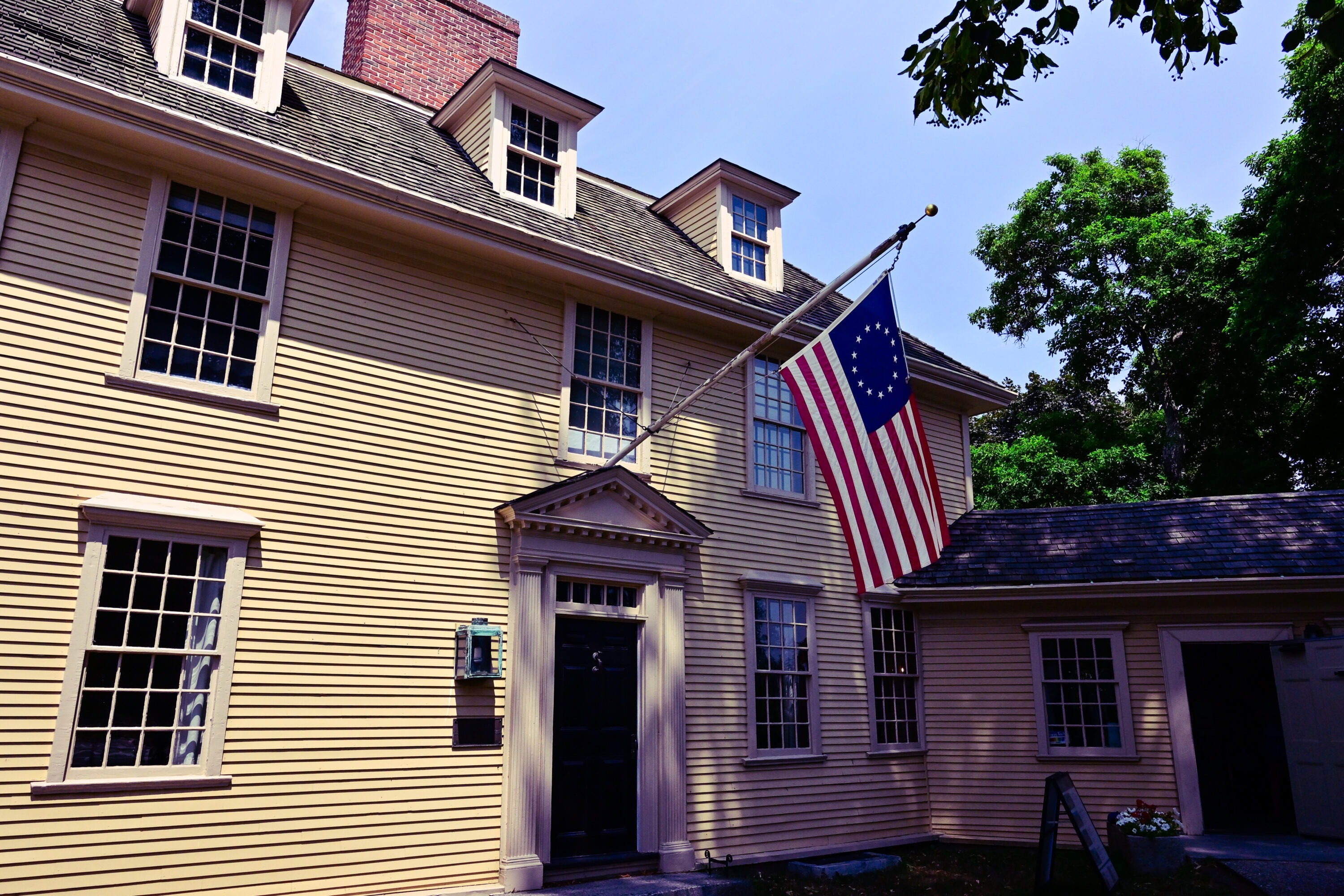
After seeing the museum, we headed over to the old burial ground. There we saw the graves of those who died in the battle, graves of people who lived during that time, and the grave of a British soldier who died from wounds sustained in the battle.
One grave that caught my attention was that of Miss Betcy Simonds, who died at age twenty-six on Aug. 6, 1795. George Washington would have been serving his first term as president at the time of her death. On her gravestone is etched the following:
Youth remember death
Behold all you that passeth by
As you are now so once was I
As I am not so you must be
Prepare for death & follow me
For us living in this twenty-first century, those words are creepy and chilling. But consider what she is really saying to us. Memento mori. You are mortal and you must die. “Prepare for death” means to reconcile yourself with God, repent of your sins, and live a godly life.
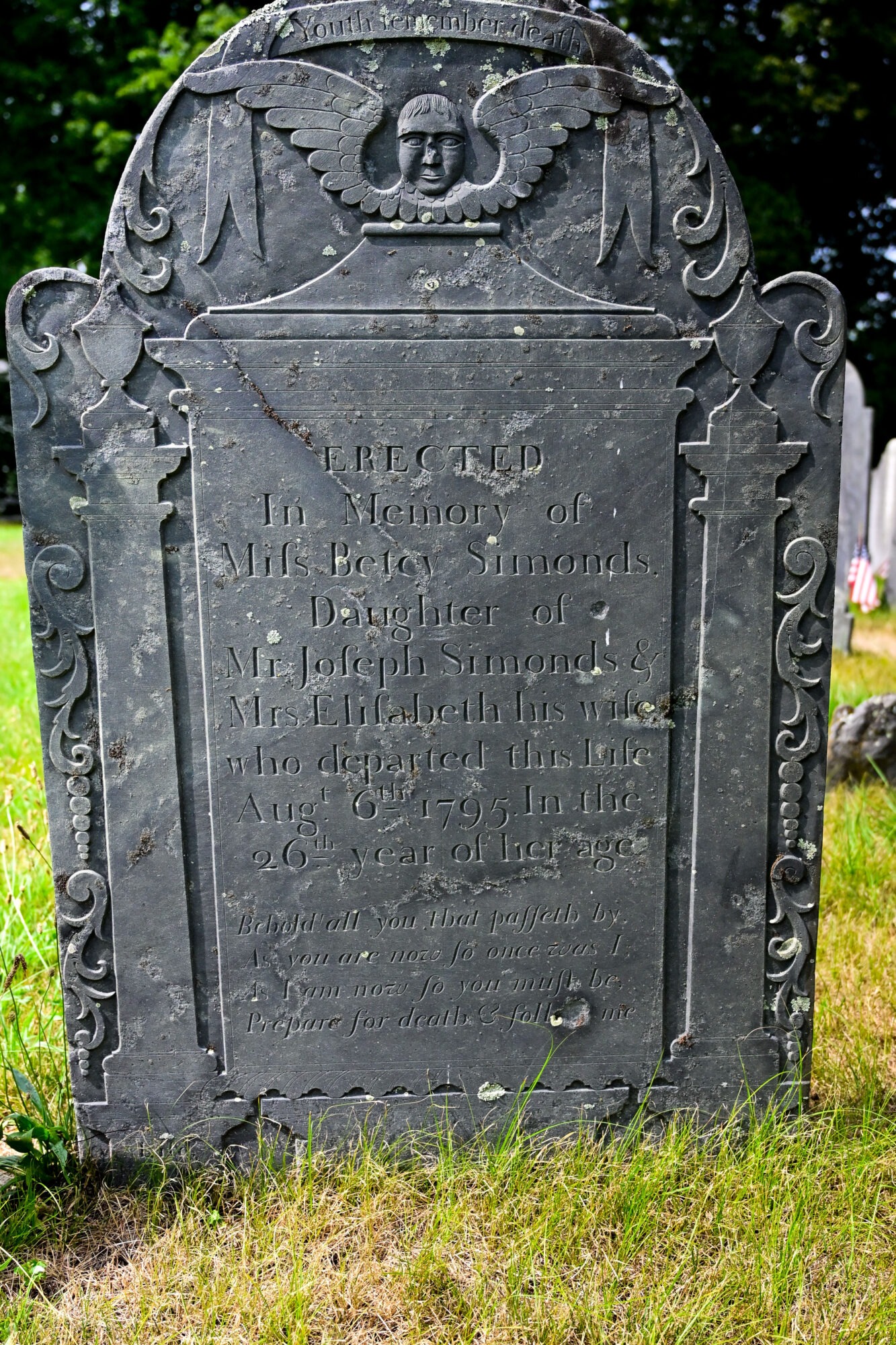
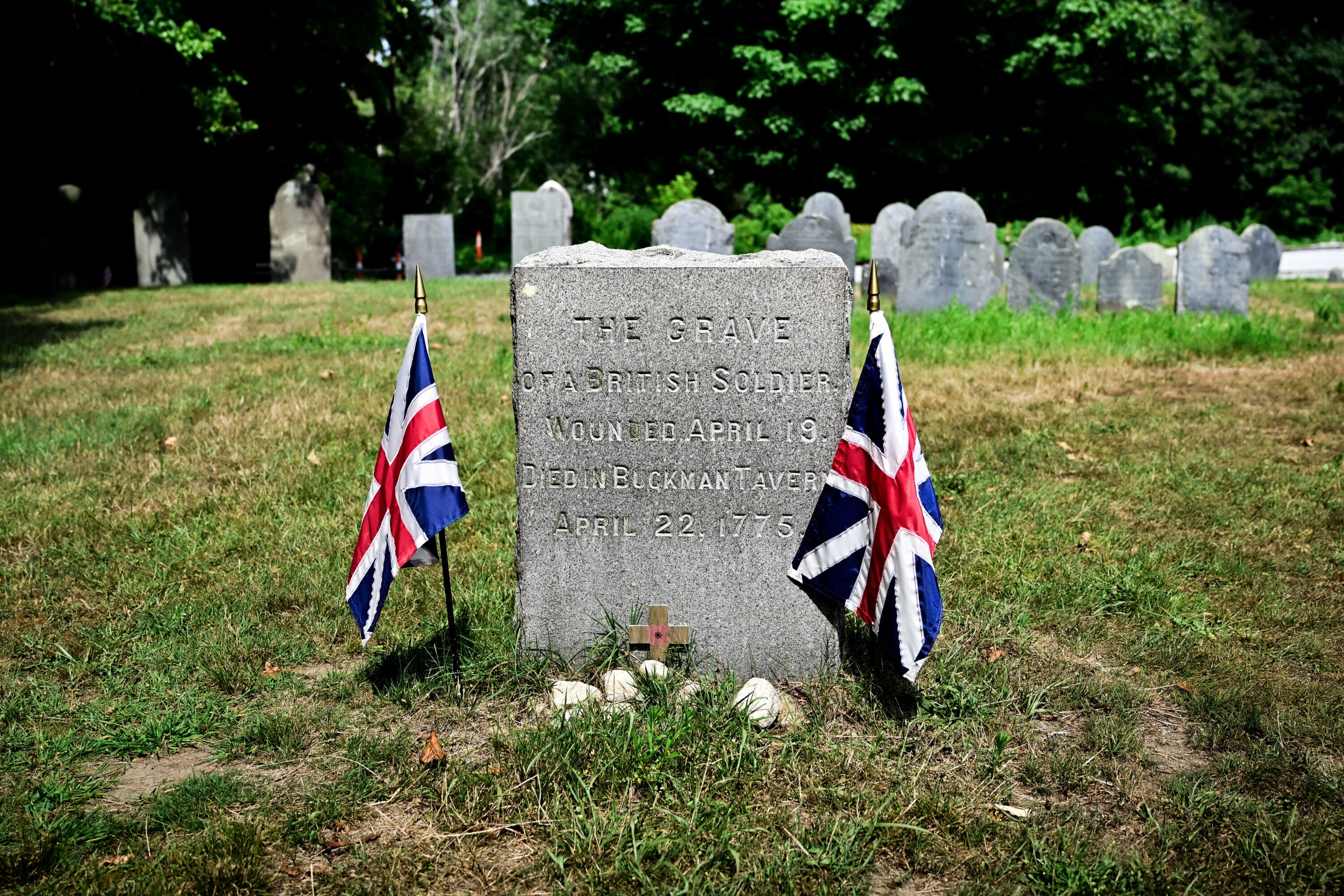
Who was Miss Simonds? Why did she never marry? What took her life at the age of twenty-six? What is known is that she was born on May 30, 1769, and that her parents, Joseph and Elisabeth Simonds, were married that same year. It would seem that Mrs. Simonds was “with child”, as they say, when she walked down the aisle on her wedding day.
Concord
We then drove to Concord to see the site of the battle there, which took place at Concord Bridge in a rural area outside of town. I looked at my watch and made sure to keep my friend focused on seeing the battlefields, and not getting distracted with things like the site where Paul Revere was captured by the British.
I should point out that my friend also wanted to walk the Freedom Trail in Boston on this trip as well. All of that would have been utterly impossible to fit in to just one day.
The Concord Bridge at the site was actually built in 1956. The original bridge was a flat wooden structure. The area is prone to severe flooding in the spring, with the river carrying debris that can (and has) destroyed prior bridges built at that site. The current bridge is designed to withstand the spring flooding and runoff.
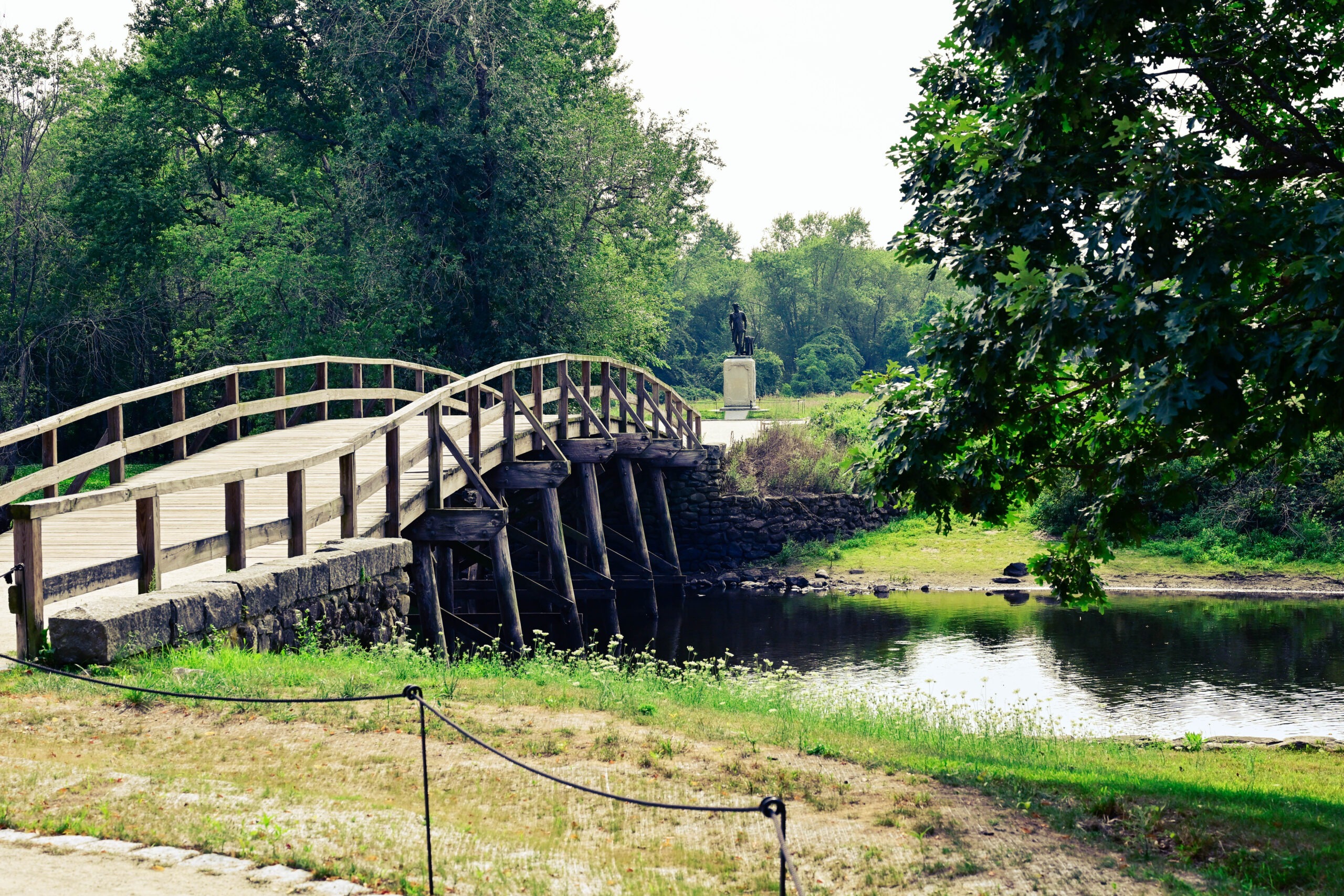
Having seen all that we wanted, my friend then noticed that Walden Pond was a few miles away and wanted to see that as well. My legs were starting to cramp up, however, and I needed to get back. I had to insist that, given it was 5:00 P.M., we needed to get back to Connecticut so I could make it home at a reasonable hour.
I did just that, arriving back at my place at about 8:30 P.M. That gave me enough time to enjoy a nightcap, share my adventure with Melissa, and then bed.
Leave a Reply